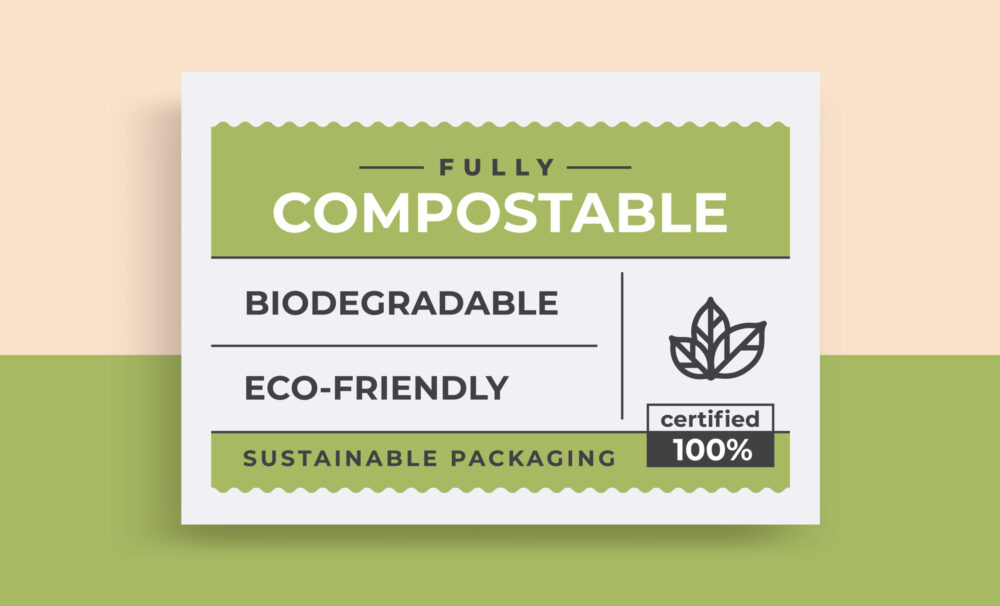What Are Bioplastics? An Introduction to Compostable Products
In recent years, the conversation about sustainability and environmental responsibility has taken center stage. One term you might have encountered in these discussions is “bioplastics.” But what exactly are bioplastics, and how do they fit into our efforts to create a more eco-friendly world? Let’s dive into the world of bioplastics and explore the benefits of compostable products.
What Are Bioplastics?
Bioplastics are a type of plastic derived from renewable biological sources, such as vegetable fats, oils, corn starch, straw, woodchips, food waste, and even algae. Unlike conventional plastics, which are made from fossil fuels, bioplastics aim to reduce the carbon footprint associated with plastic production and disposal.
There are two main types of bioplastics:
- Biobased Plastics: Made from biological materials but not necessarily biodegradable.
- Biodegradable Plastics: Can break down into natural substances (like water, carbon dioxide, and compost) through the action of microorganisms.
The Benefits of Bioplastics
- Reduced Carbon Footprint Traditional plastics are made from petroleum, a non-renewable resource. The extraction and processing of petroleum release significant amounts of greenhouse gases. Bioplastics, on the other hand, are made from renewable resources that absorb carbon dioxide as they grow, helping to offset emissions.
- Decreased Dependence on Fossil Fuels By utilizing biological materials, bioplastics reduce our reliance on finite fossil fuels. This shift can help mitigate the environmental damage caused by oil extraction and refining.
- Compostability One of the most significant advantages of certain bioplastics is their compostability. Compostable bioplastics break down under industrial composting conditions, turning into nutrient-rich compost that can enrich soil health. This feature helps divert waste from landfills, reducing the overall waste burden.
- Versatility and Performance Bioplastics can be used in a wide range of applications, from packaging and agricultural films to disposable cutlery and medical devices. Advances in bioplastic technology have led to materials that offer comparable performance to traditional plastics in terms of durability, flexibility, and transparency.

Real-World Applications
Packaging: Bioplastic packaging materials are becoming increasingly popular for food products. These materials help keep food fresh while reducing plastic waste.
Consumer Goods: Items like disposable cutlery, plates, and cups made from bioplastics offer a sustainable alternative for events and takeout, significantly cutting down single-use plastic waste.
Challenges and Considerations
While bioplastics offer numerous benefits, there are still some challenges to overcome:
- Cost: Currently, bioplastics are often more expensive to produce than traditional plastics.
- Infrastructure: The effectiveness of bioplastics in reducing waste depends on the availability of industrial composting facilities. Without proper disposal systems, bioplastics may not break down as intended.
Conclusion
Bioplastics represent a promising step forward in our quest for more sustainable and eco-friendly materials. By choosing products made from bioplastics, we can contribute to a reduction in greenhouse gas emissions, decreased reliance on fossil fuels, and a more circular economy. As technology and infrastructure improve, the adoption of bioplastics is likely to grow, paving the way for a greener future.
At GreenTek Planet, we’re committed to providing high-quality, eco-friendly products that make a difference. Explore our range of bioplastic items and join us in making a positive impact on the environment. Together, we can create a more sustainable world for future generations.
